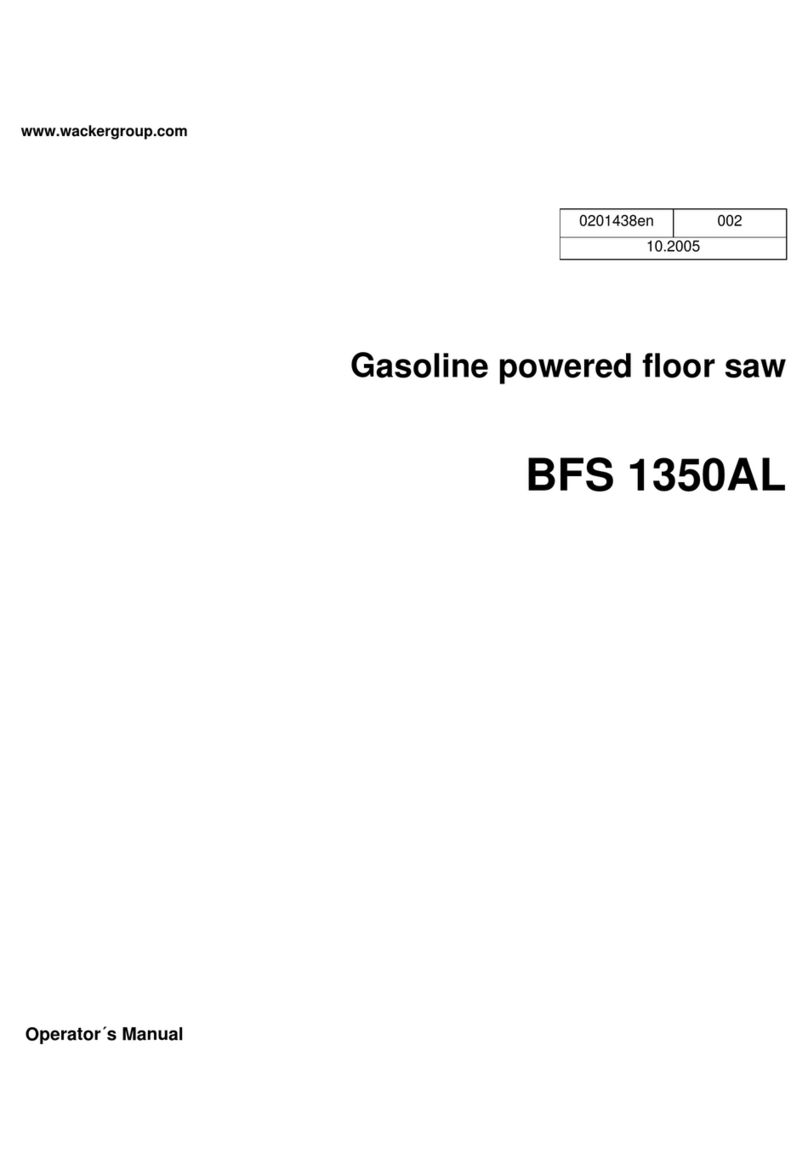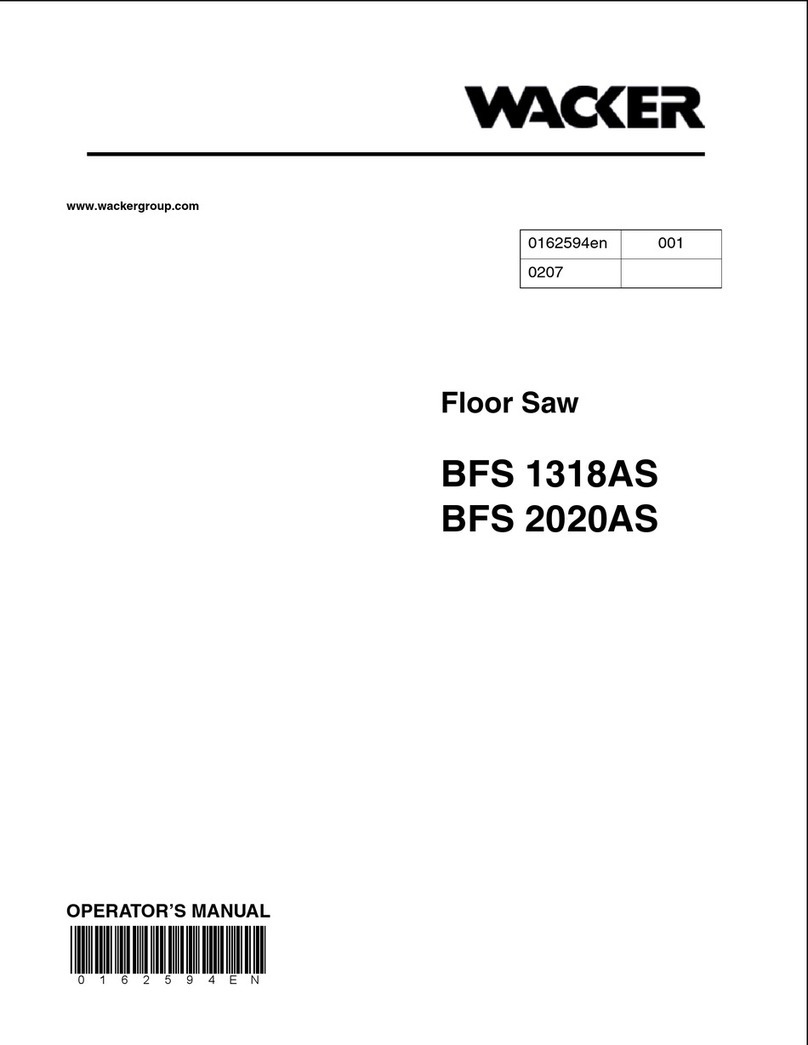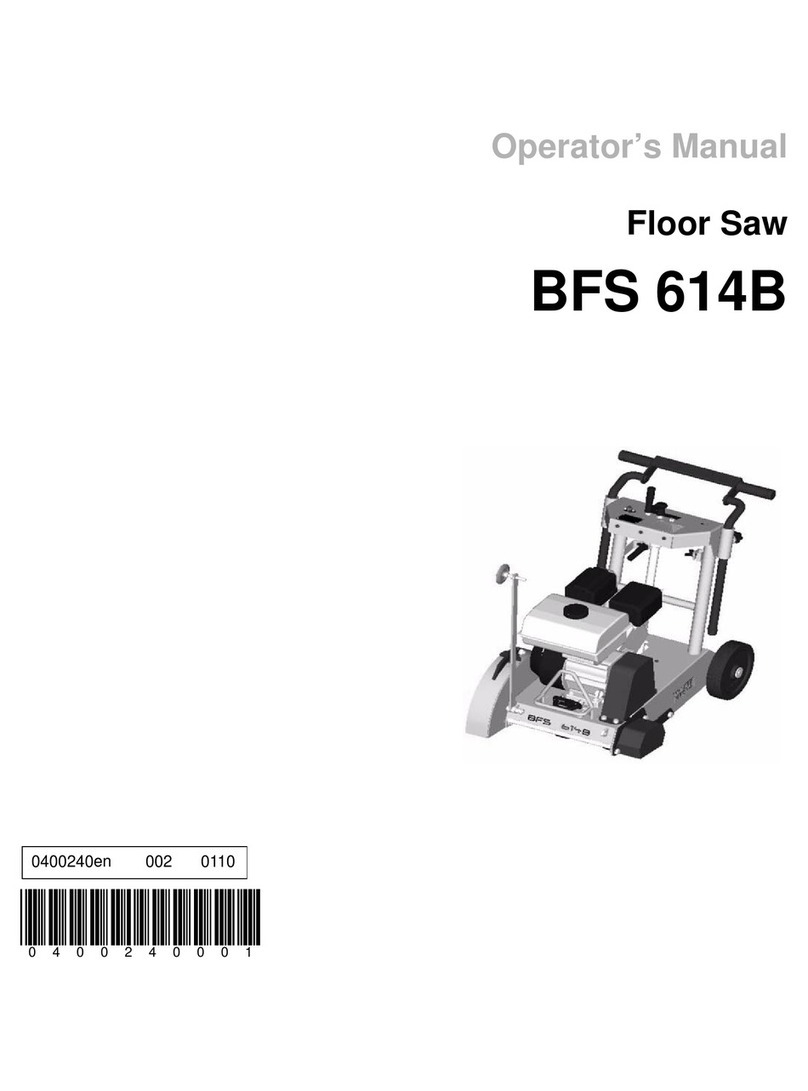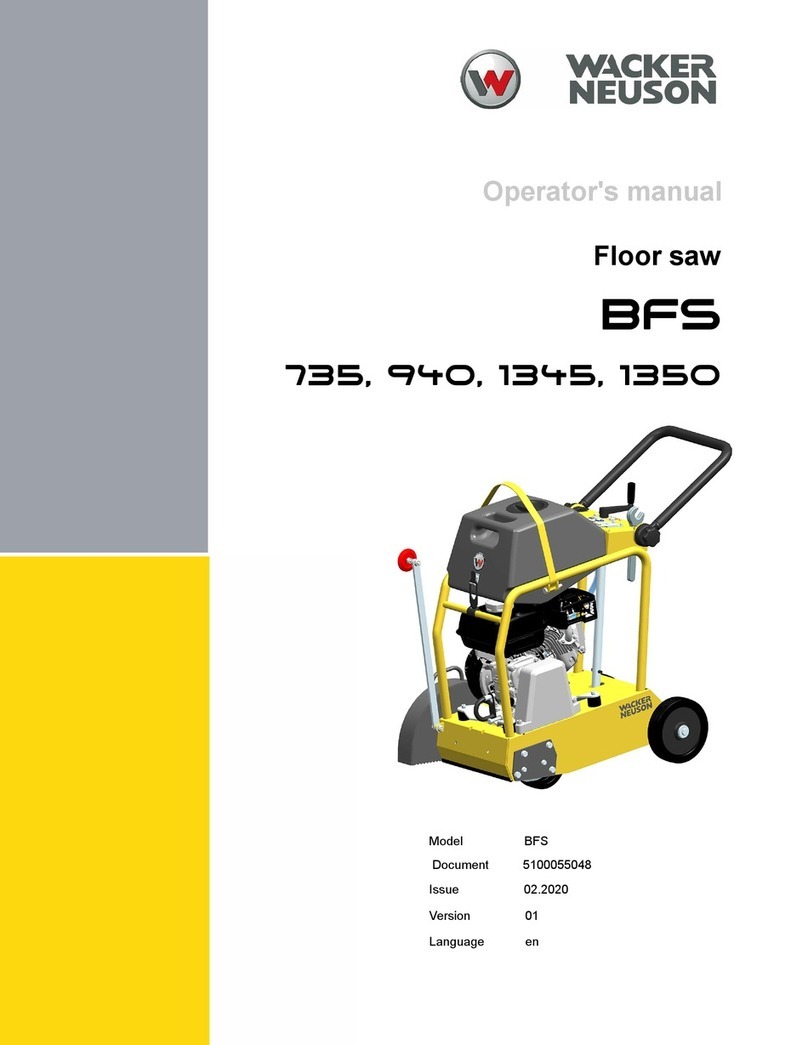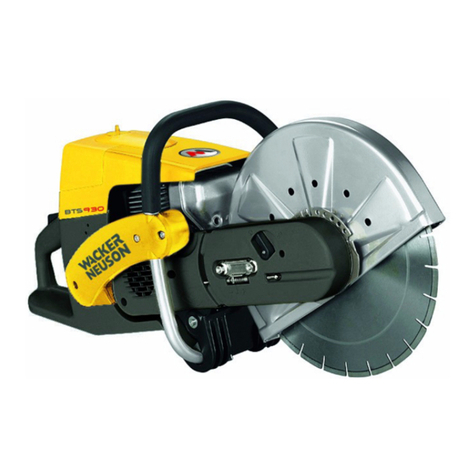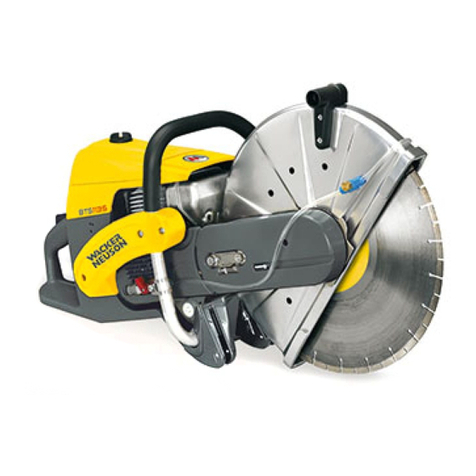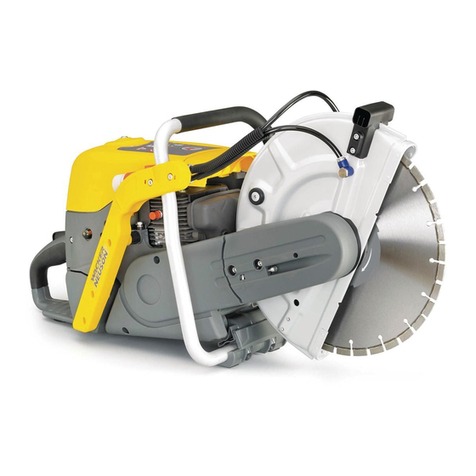Safety information
SV00075en.fm 9
2.2.9 Open flames and smoking are strictly prohibited in the immediate
vicinity of this machine.
2.2.10 The tank lid must be tightly secured. When the motor is switched off,
the fuel tap - if there is one - must be closed. When transported over
long distances, the tank of gasoline or mixed gasoline driven engines
must be completely emptied.
Leaking fuel tanks can lead to explosions and therefore must be re-
placed immediately.
2.2.11 The tank may only be filled when the motor is switched off and the fuel
must not make contact with hot parts or fall on the ground.
2.2.12 Safety in the work area
There may be no electric lines, gas lines, water lines or pipes in the
work area.
2.2.13 No operation in closed quarters
Do not operate the machine in closed quarters!
In partially closed rooms such as tunnels, drifts or deep trenches, en-
sure sufficient ventilation by, for example, providing a powerful exhaust
air fan.
Danger of poisoning! Do not inhale exhaust fumes. They contain toxic
carbon monoxide that can lead to unconsciousness or death.
2.2.14 Floor saws must be operated in wet-cutting operation to prevent
harmful particulate matter from developing. During wet-cutting
operation, a sufficient water supply must always be ensured.
2.2.15 Do not operate this machine in areas where explosions may occur.
2.2.16 Prior to working near easily combustible material, ensure that supplies
of water or a fire extinguisher are readily available for use.
2.2.17 Always wear eye protection, ear protection, working gloves, hard hat,
close-fitting clothing and hard-toed shoes during work. Shoes and leg
wear must not be open in order to protect the wearer from flying
sparks. In the case of dusty ambient air, breathing protection must also
be worn.
2.2.18 Prevent the machine from turning to the side in the case of cuts,
thrusts, blows or falls. Otherwise, the cutting blade may be damaged.
Only cut materials on the edge of the blade.
2.2.19 Prior to commissioning, fix the protective hood in protective position.
2.2.20 During work, no one is to come near the machine.
2.2.21 Prior to making adjustments, the operator must stop the cutting blade.
2.2.22 Work in a calm and composed manner. Prevent risks to others by
exercising caution.
2.2.23 Do not process loose materials (e.g. paving stones).
